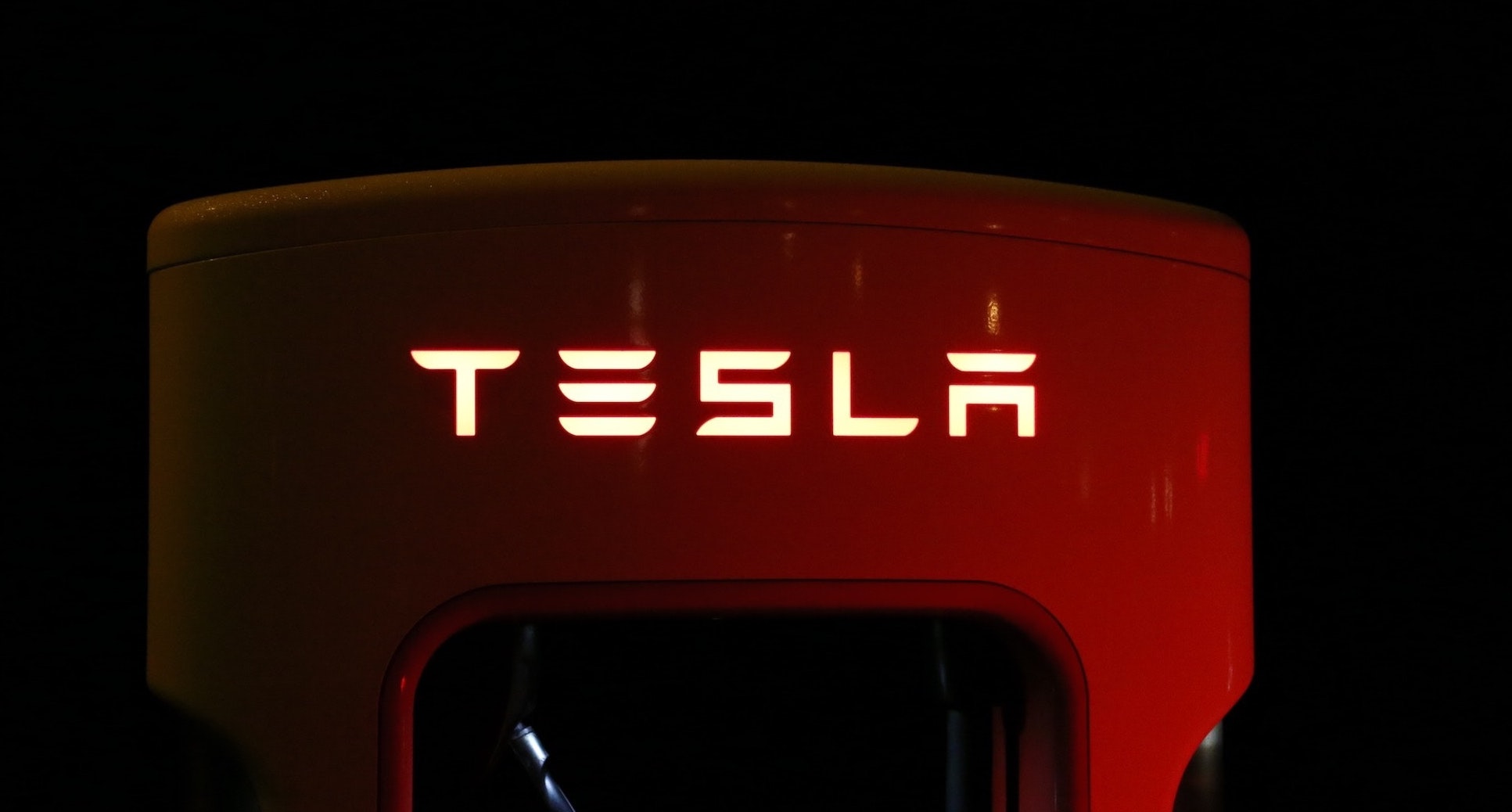We are currently long shares of Tesla, Inc. [TSLA] and hold an overweight position relative to the benchmark in our growth strategy (DGO). Across our current 53 positions, the company ranks among the top for outsized value creation potential and product roadmap. Put simply, selling cars a decade from now will entail a very different demand dynamic than it does today, and we believe Tesla’s odds for success are strengthening. Rather than delve into the multitude of reasons underlying this thesis, the current consideration to “go-private” raises some important questions for existing shareholders of TSLA’s public equity, including ourselves.

Before diving into that, it’s important to consider the unique characteristics of company ownership via publicly-floated shares. Every second a listing exchange is open for trading, a scoreboard informs public owners of the market’s precise assessment of their worth. This exercise also lacks an available polling mechanism for existing owners to chime in with their estimates of valuation. Instead, price is determined entirely upon the perceived value of the marginal buyer. The flip side to this nuisance is a whole host of benefits that 3,600 companies view to be worthwhile, and as such have listed their shares on US-based exchanges. Advantages include, but aren’t limited to, access to capital, a strategic arsenal for future acquisitions, and employee skin-in-the-game via stock-based compensation. For Tesla and tweets of its consideration to go private, it’s important to consider whether the search for relief on existing headaches might get replaced by newly inherited ones, the conclusion to which may be difficult to predict with precision.
Why is Tesla considering this move now?
It primarily has been done to manage the disruption for front-line employees who are also shareholders. Allowing employees to participate in the upside of value creation via equity ownership can become a distraction when a company’s stock experiences above-average volatility, when operational decisions make regular headlines, and when short interest ranks highest among all equity issuers. Managerial focus can also shift to financial results as of a quarter’s end date at the expense of prioritizing a disruptive opportunity over the next decade. For Tesla, the management of these dynamics also comes at a time when it’s crossing into cash flow break-even territory, partially an effort to convince investors it can service $920M of convertible debt due in early 2019. It also is concurrent with solving Model 3 manufacturing bottlenecks, spreading higher unit volumes over a highly-automated base of fixed costs, and thwarting a former employee’s attempts to “sabotage” the company. In other words, now is not the time to allow front-line employees to become distracted by its stock price or surrounding news-flow.
The perceived appeal of private ownership makes sense to us. However, life as a private entity inevitably will entail trade-offs for Tesla. A key variable to the current hypothetical transaction is the percentage of existing public shareholders that would roll their ownership into the private structure, a figure that CEO Musk has estimated to be around 66%. Since pinpointing this figure would entail polling a sampling of existing top holders—selective signaling that regulators heavily frown upon—this figure could prove materially different upon deal completion. Furthermore, the higher the number of shareholders that tender for a potential $420/share cash offer, the higher the likely debt burden of the surviving entity to pay out those who tender. Musk appears to be using SpaceX as a relevant case study on the benefits of private ownership, namely increased patience and less financial myopathy. He also has cited existing mutual fund company ownership of SpaceX shares as a precedent for private ownership. However, unlike Tesla, SpaceX’s evolution has been that of a start-up yet to become public. Tesla going private at this stage would be carrying a significantly higher debt load than it does in its current public structure. It also would undergo a transformation where investment bankers and private equity sponsors will be extracting economics from the pockets of existing owners. A new overhang would be introduced from private equity share ownership that would need to be unwound via future exit, prior to which even more economics would be extracted from re-listing on the public markets.
We do not dismiss the persuasiveness of bankers to sell an enticing deal to a board that promises to solve all existing ailments, nor do we overlook the appeal of a patient private equity partner with committed capital. For fund managers owning public Tesla shares, the balance sheet intensity of a private Tesla will not make the pro forma investment like-for-like with the public version of the same company. It also changes an owning manager’s valuation mechanism: what’s currently a highly liquid asset with precise price transparency becomes a less liquid asset with arbitrary valuation parameters, incumbent on a fund manager and its own board to devise in a fair and accurate manner. Therefore, it’s quite possible that more than just a third of existing owners vote with their feet and sell shares at a cash-offer tender price. Instead of reaching for the SpaceX playbook, we encourage Tesla to look to Intel [INTC] during the mid-80s or Apple [AAPL] circa 2007, both of whom managed through the considerable noise, focused on execution, and allowed results of capturing profitable market share to silence naysayers.